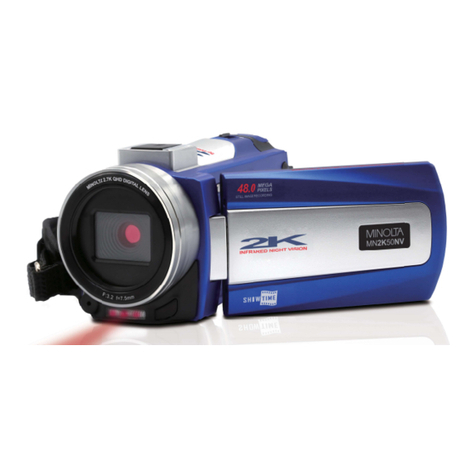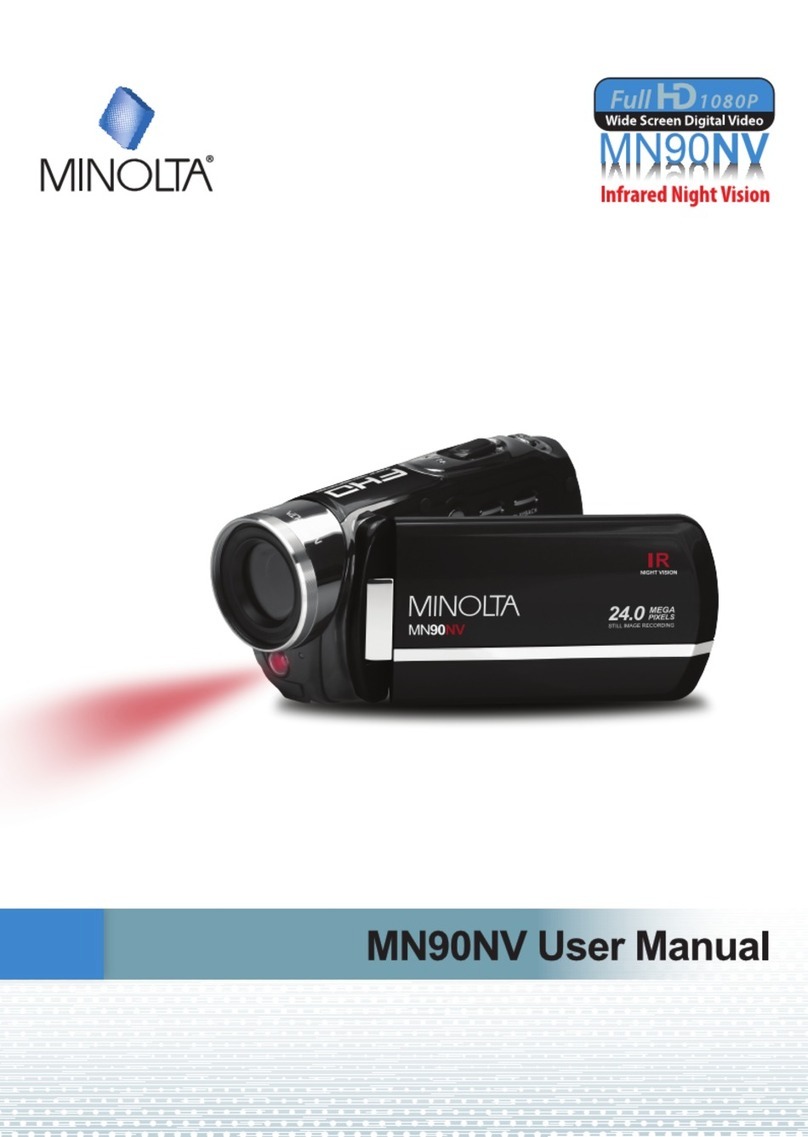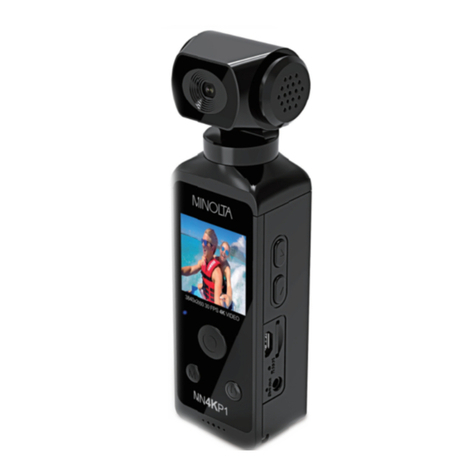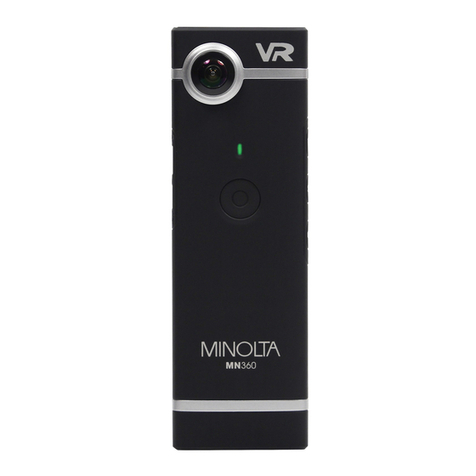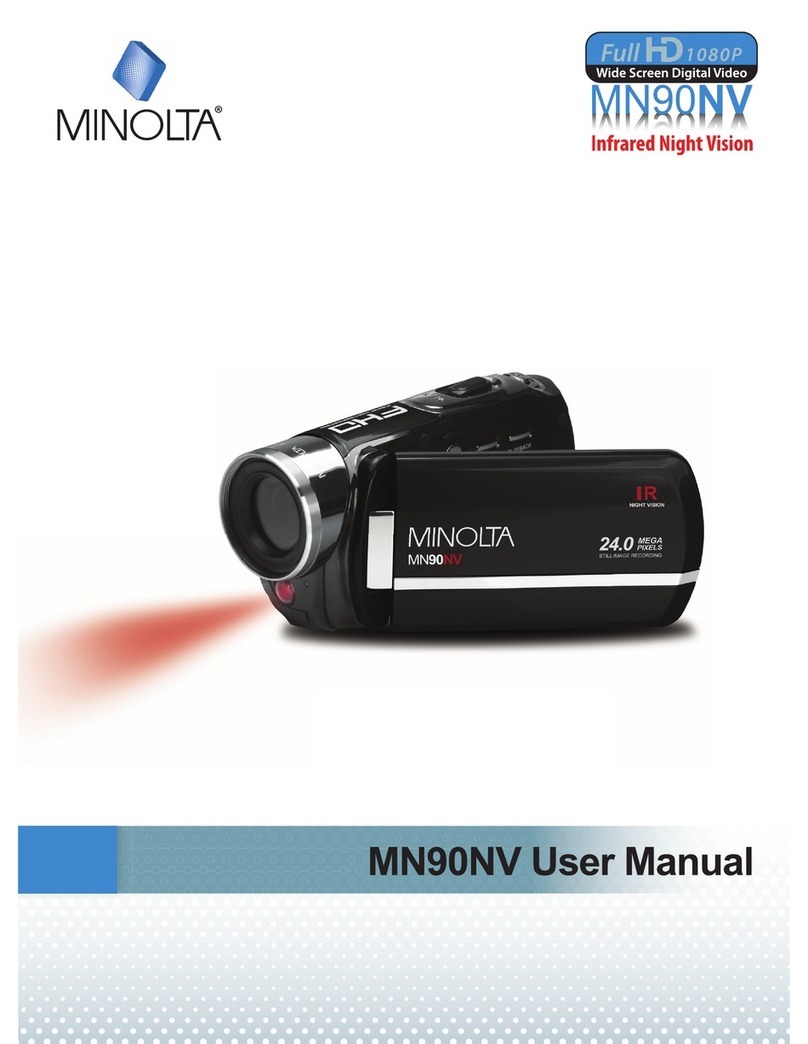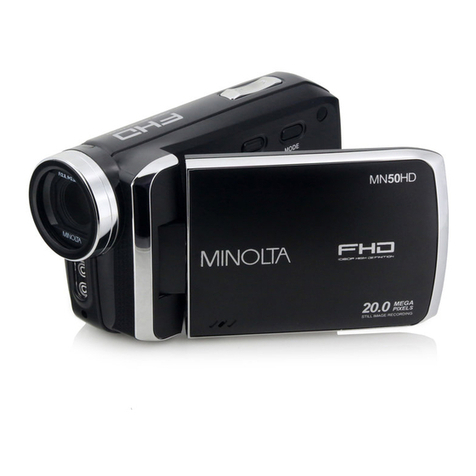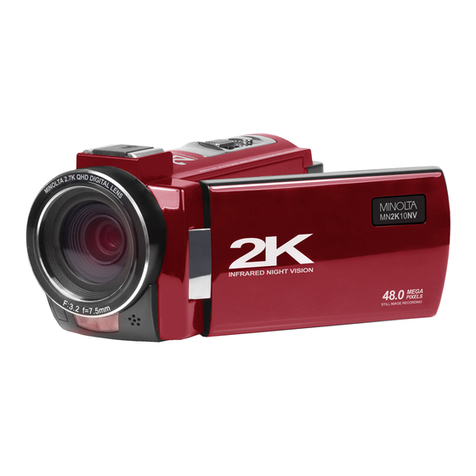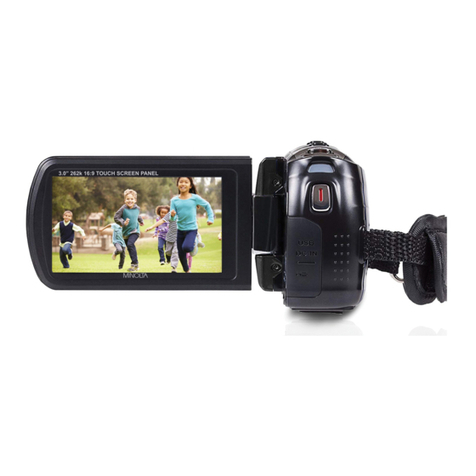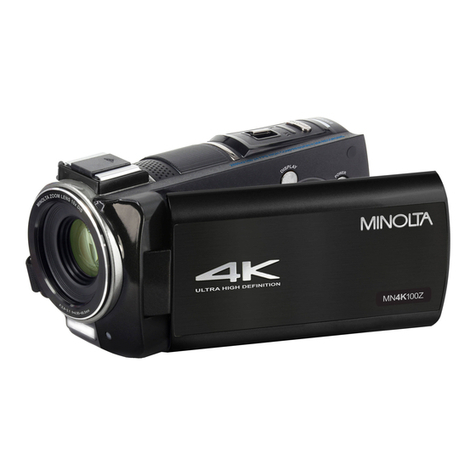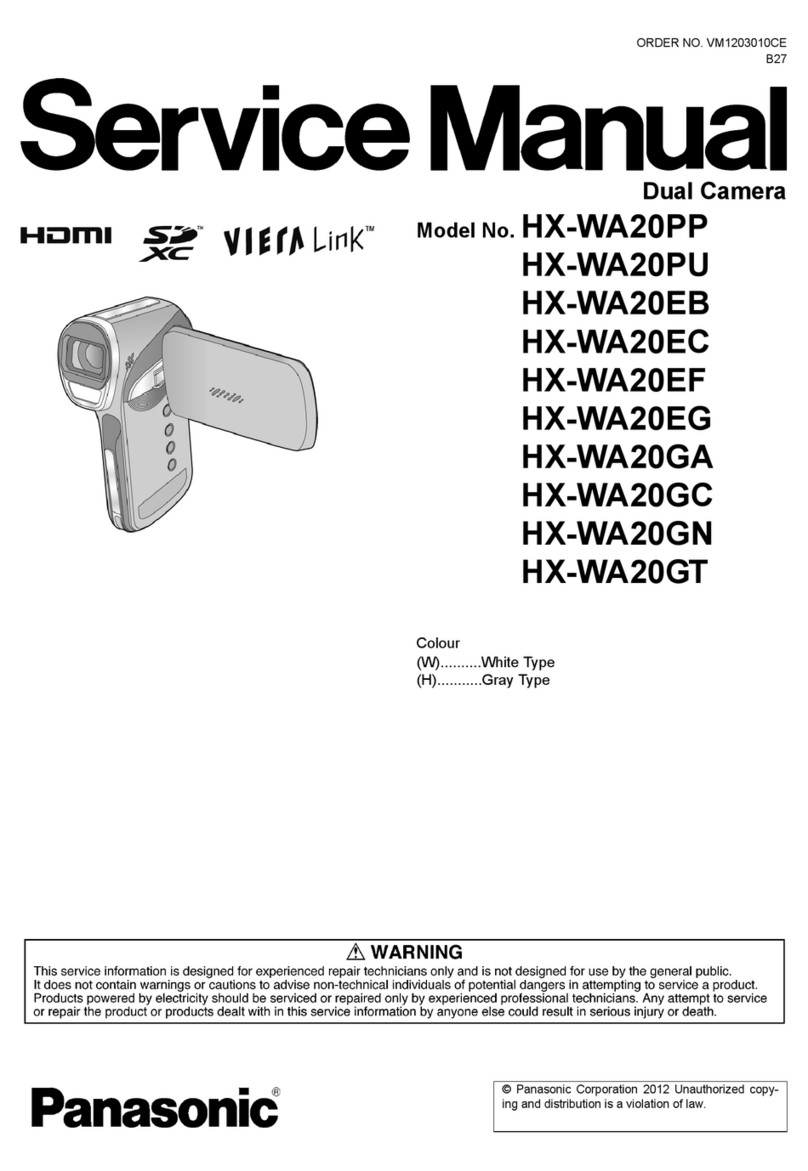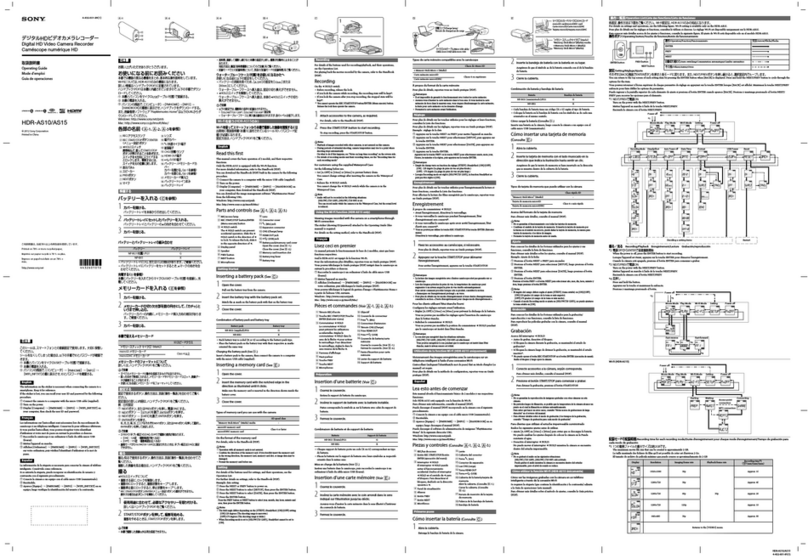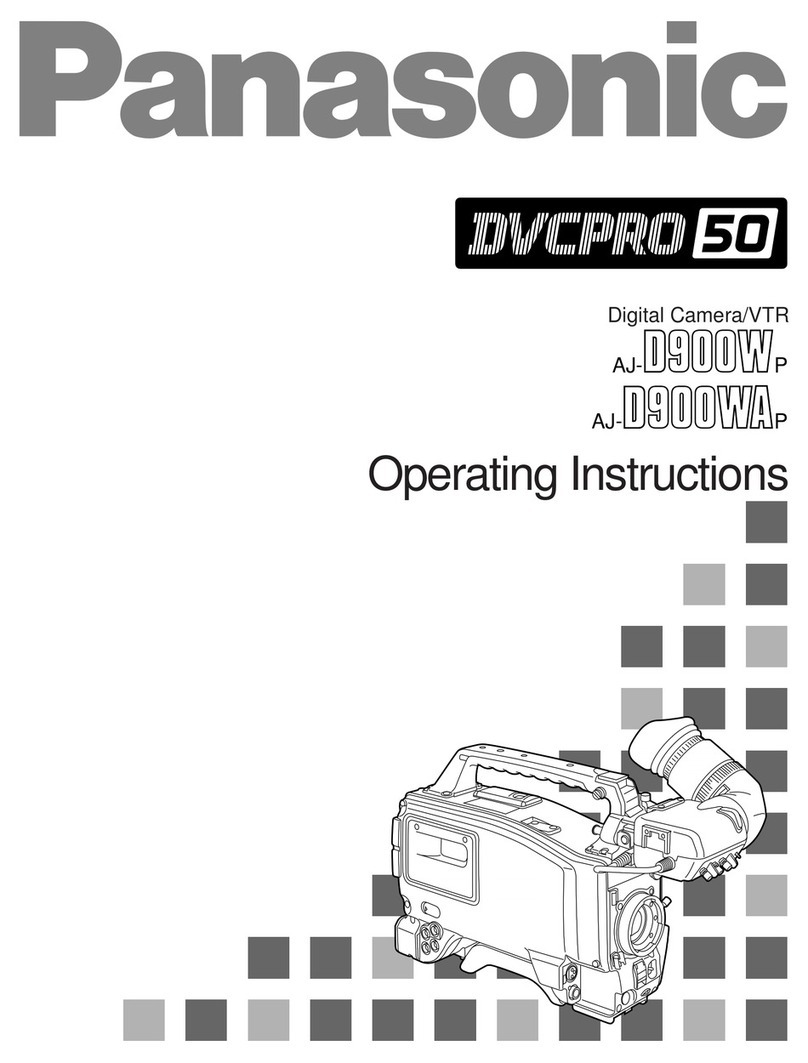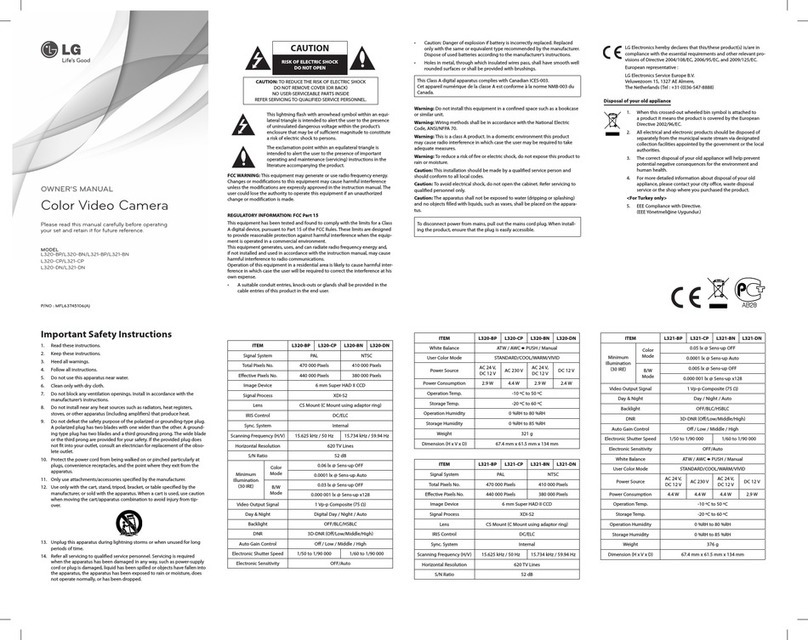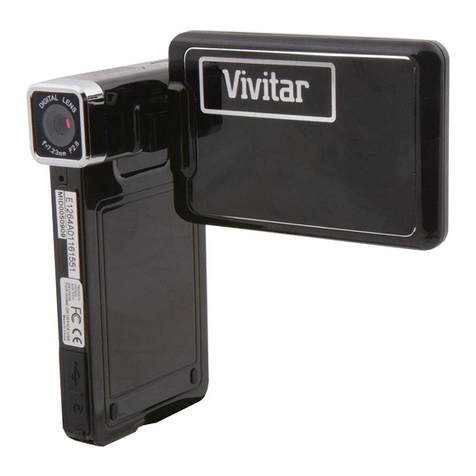Introduction
8mm moviemaking for the 1970s is under-
going an important creative revolution. With·
in the last few years, thanks to advances in
electronics, miniaturlzatlon and the match-
ing of precise optics to mechanics, new
cameras have appeared on the scene that
have altered the entire concept of the small
8mm film format. These cameras, with their
big zoom lenses, variety of filming speeds,
and instartt-certrldge-lcading features, have
been designed to make the same kind of
interesting, profes sional- looking films that
could only have been made before with spe-
cial-and much more costly-equipment,
usually 16mm. Moreover, they have been
eminently successful. More and more, as the
8mm format gained popularity among per-
sons involved in the making of important in-
dustrial, educational and scientific films, the
films that were made began to reflect the
outstanding versatility of the small, truly
mobile 8mm camera.
The introduction of the Minolta Autop ak-B D
series of Super-B movie cameras carries the
8mm creative revolution a significant step
forward. For the first time, there is a total
system for Super-8 photography, and, also
for the first time, the cameras and the entire
system are available in a price range that is
appealing to all kinds of cinematographers.
The Autopak-8 D10 is an incredibly versatile
camera, with more features and special ac-
cessories than any other 8mm camera-and
it is priced accordingly. The Autopak-B D6,
more compact but with much of the D1O's
versatility, is medium-priced. And the Auto-
pak-8 D4 is budget- priced , even though it
uses the same system of Minolta Super-B
accessories as the other two cameras.
What makes the three cameras truly unique
is the common use of a simple development
called an electromagnetic shutter release,
which is interchangeable between all the
cameras and the group of Minolta system
accessories. Because this shutter release
has an unparalleled control function, it can be
used as a release cord and a remote-control
cord, it can actuate two different automatic
time-lapse Intervalometers and a cassette
tape recorder for 8mm sound recording. It
can do many of these functions simulta-
neously, and from distances as far away
from the actual camera as 260 feet.
The capabilities of this shutter release sys-
tem, and the Minolta accessories which have
been designed around it, are without pre-
cedent in the entire field of 8mm film tech-
nology. Now, no longer is this small film
format limited to basic, amateur uses. It is,
as you shall learn from the pages that follow,
a greatly advanced means for creative ex-
pression.
